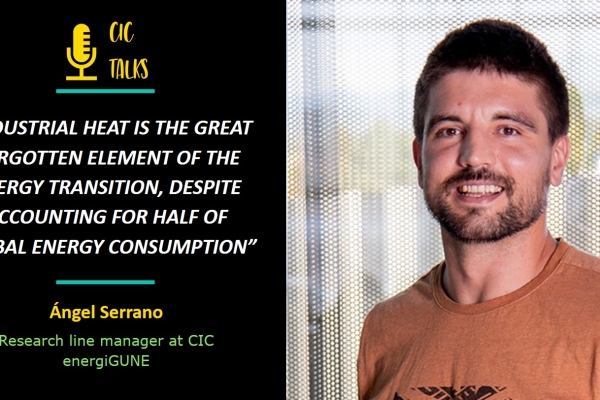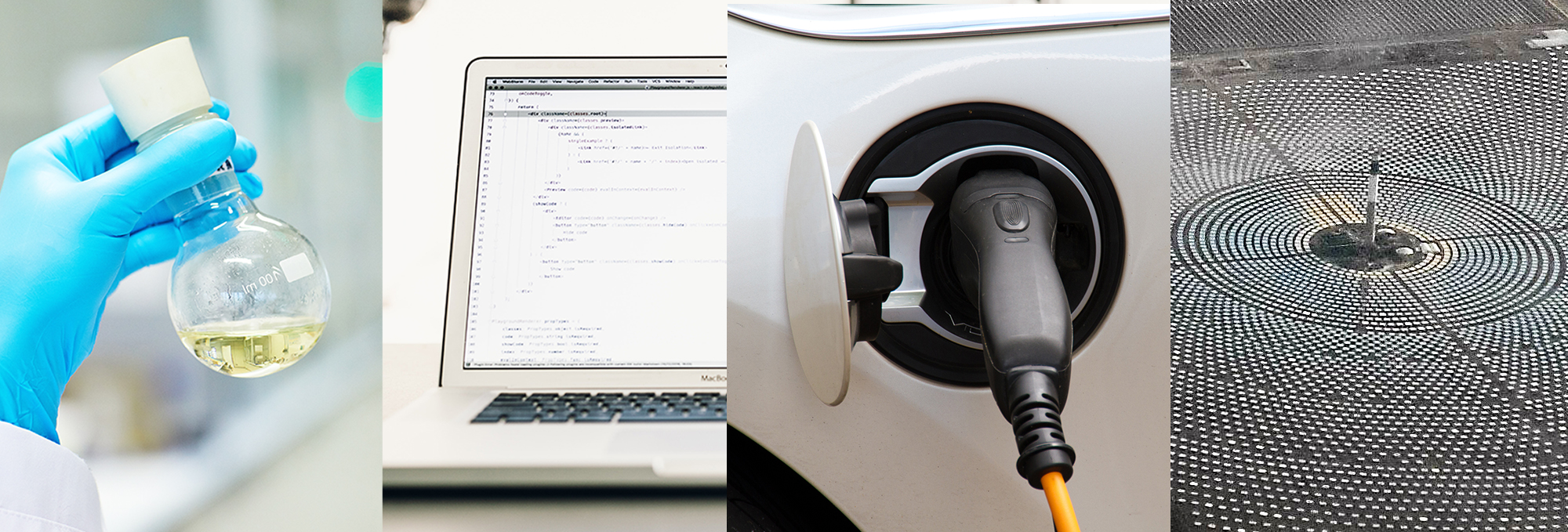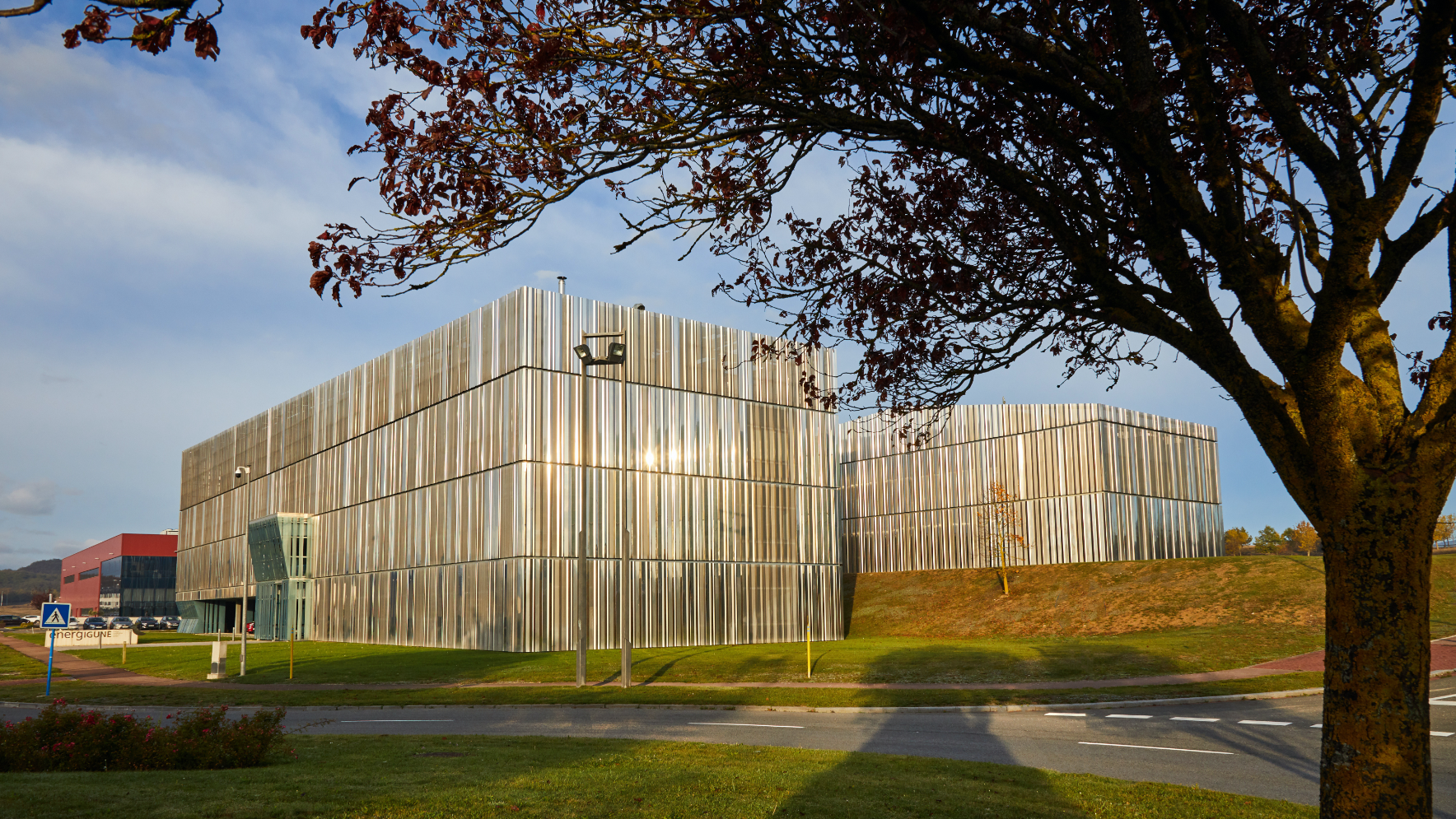What is computational modelling and simulation?
Computational modelling and simulation of the components of a battery involves modelling the structures of the cathode, anode and electrolyte and monitoring the processes occurring in them during battery cycling. In this way, properties such as the cyclability and capacity of a battery can be known.
Such modelling can be carried out using methods from quantum mechanics, such as density functional theory (DFT), or force fields from classical mechanics. Artificial intelligence also offers useful algorithms for such modelling.
What impact can this area of knowledge have on the field of batteries and supercapacitors?
It should be borne in mind that the properties of a battery are a direct result of its structure. In that sense, the mere fact of using one impurity for another, or the different distribution of impurity within a structure can make a battery have good properties.
However, it is impossible to do all these tests experimentally. In that sense, computational modelling offers the possibility to see the properties of compounds that have not yet been synthesised.
Similarly, in many cases it is necessary to know the structure of the cathode, anode or electrolyte to explain the results obtained experimentally. However, experimental characterisation methods are often not sufficient to determine the structure of a compound, so in these cases computational modelling is necessary to explain the results obtained experimentally based on the structure of the compounds.
What progress has already been made and what are the challenges this area can help with?
As in many cases, the more accurate or precise a method is, the higher the cost of using it. In that sense, DFT is a computational method of mechanokinetic principles, but its use is computationally expensive.
Taking into account that in the study of solid structures, it is necessary to take as a basis a supercell that is repeated periodically, when working with DFT, relatively small supercells must be used, and this greatly limits the generation of possible structures. In contrast, when working with classical force fields, the computational cost is much lower and larger supercells can be used, but the resulting structure is less accurate.
What impact can other developments such as artificial intelligence have on the field of energy storage?
Artificial intelligence makes it possible to derive force fields from DFT calculations. This means obtaining results comparable to those obtained with DFT, but at a much lower computational cost. This opens the door to the study of structures two orders of magnitude larger than at present, as well as much longer molecular dynamics.
Beyond the computational modelling, many variables come into play in the chemical synthesis of the compounds in a battery, such as temperature, pH, mixing time and rate, particle grain size, etc. However, in many cases, these quantities are not controlled and are given arbitrary values. Artificial intelligence can help to obtain expressions by assigning precise values to these variables. This would greatly advance both the synthesis and prototyping of batteries.
What activities is CIC energiGUNE currently working on in this field?
CIC EnergiGUNE is working on projects related to MAP (Materials Acceleration Platforms). These MAPs involve the automation and digitalisation of research, increasing the efficiency of obtaining new materials. In effect, a MAP would enable the automation of synthesis processes and characterisation of materials for energy storage by means of artificial intelligence.
In this way, the MAP would carry out the entire repetitive process of obtaining materials, leaving the researcher more time for strictly scientific matters. Artificial intelligence would also make it possible to solve problems of a much wider range than with conventional methods.







